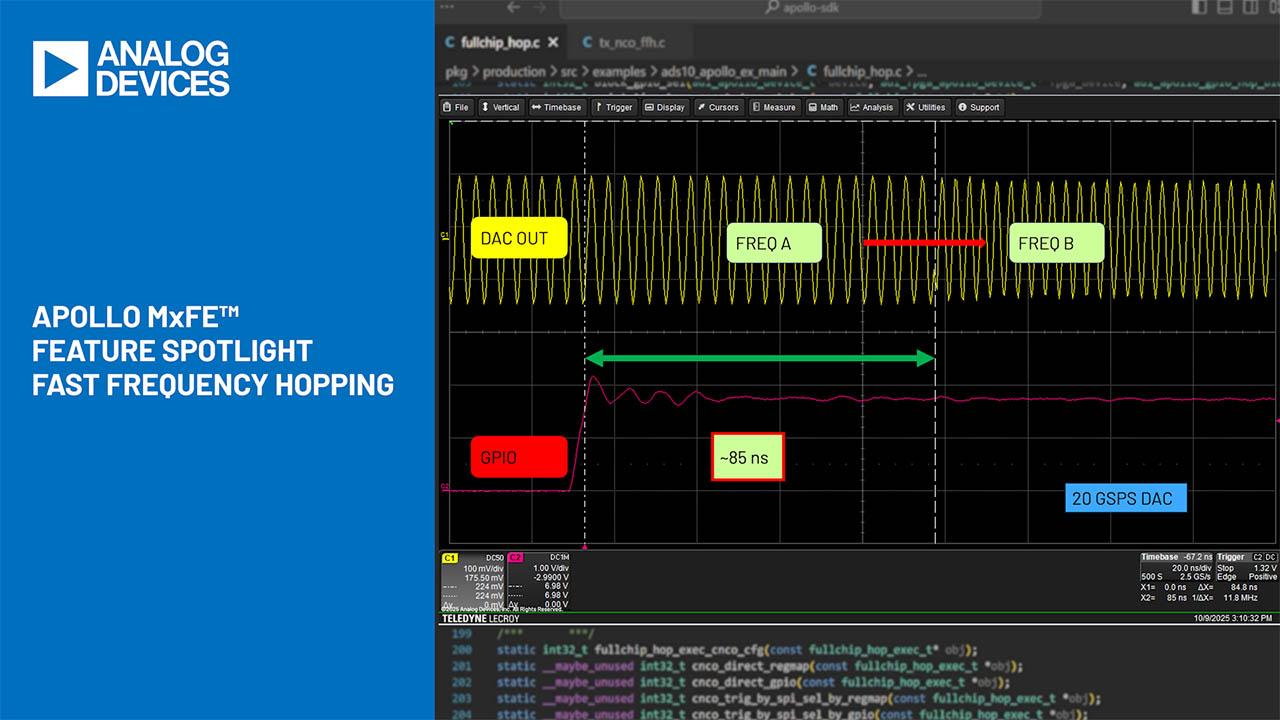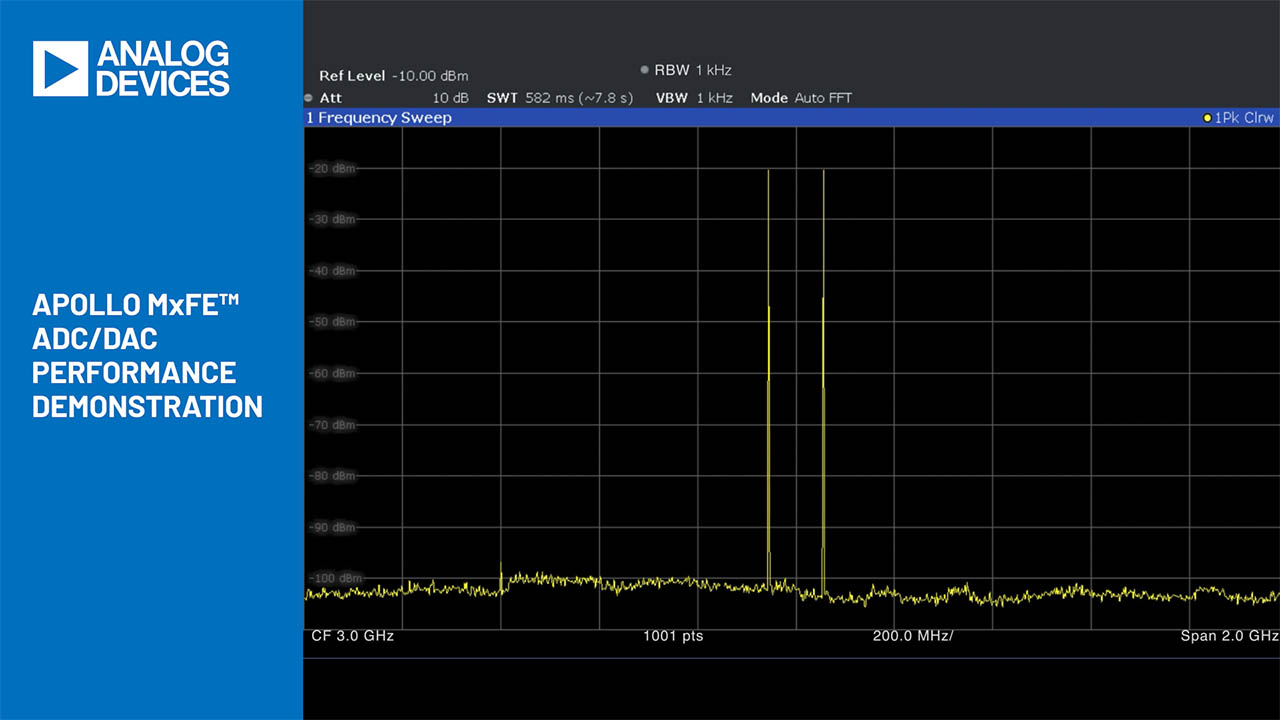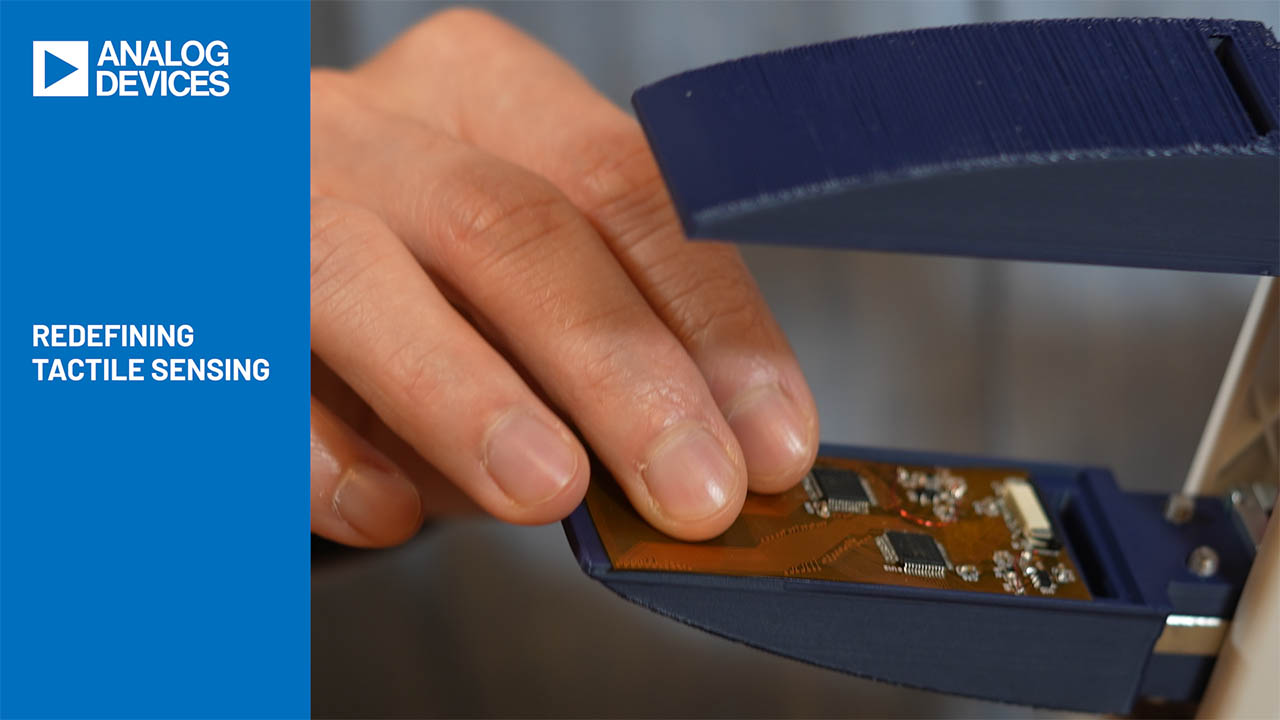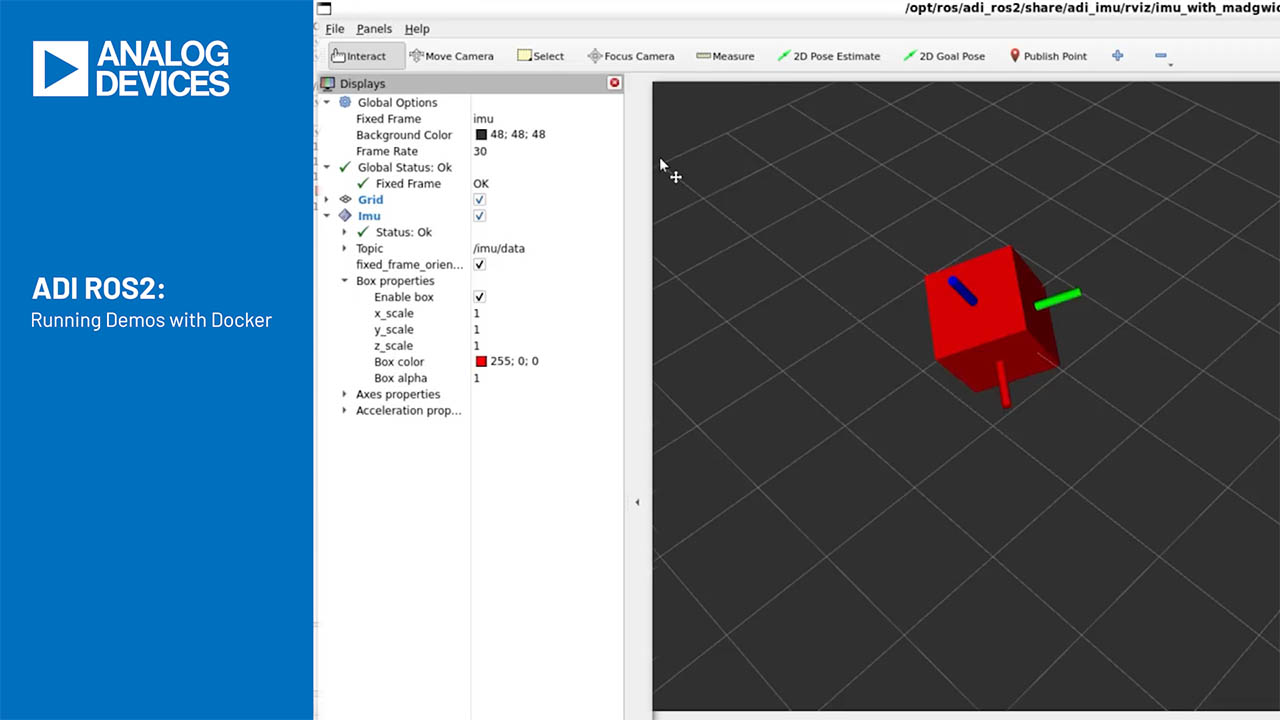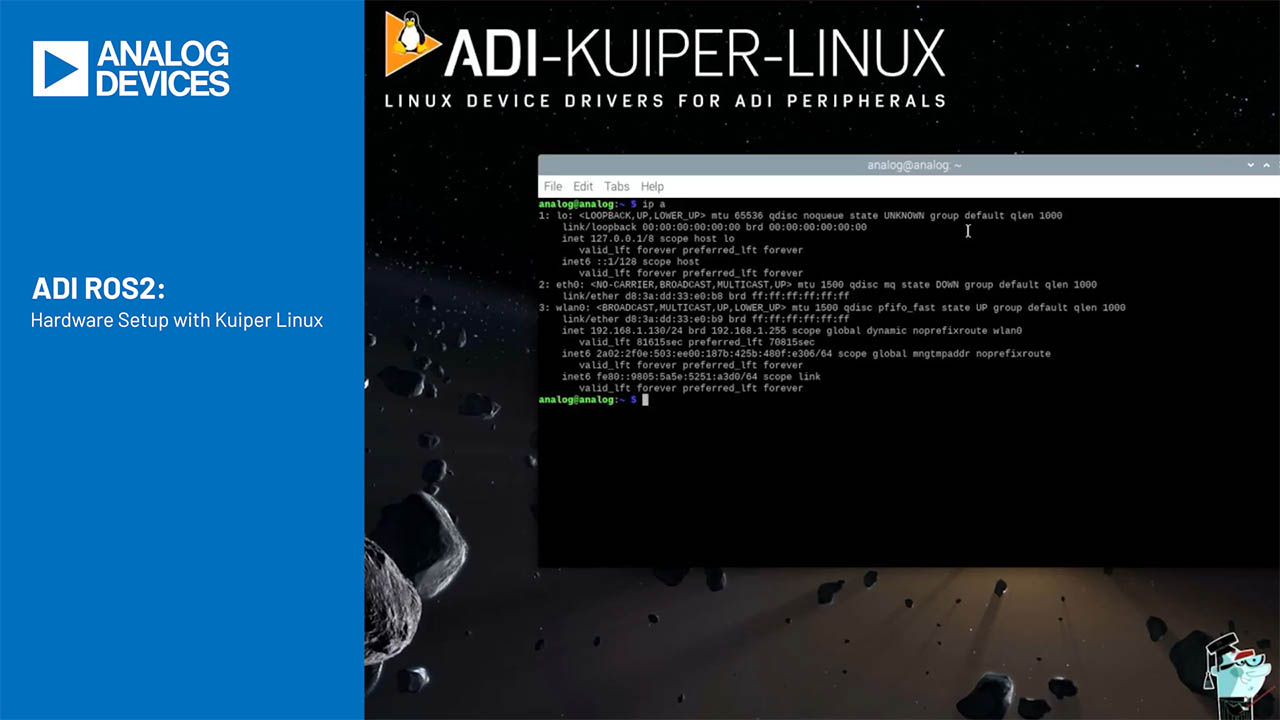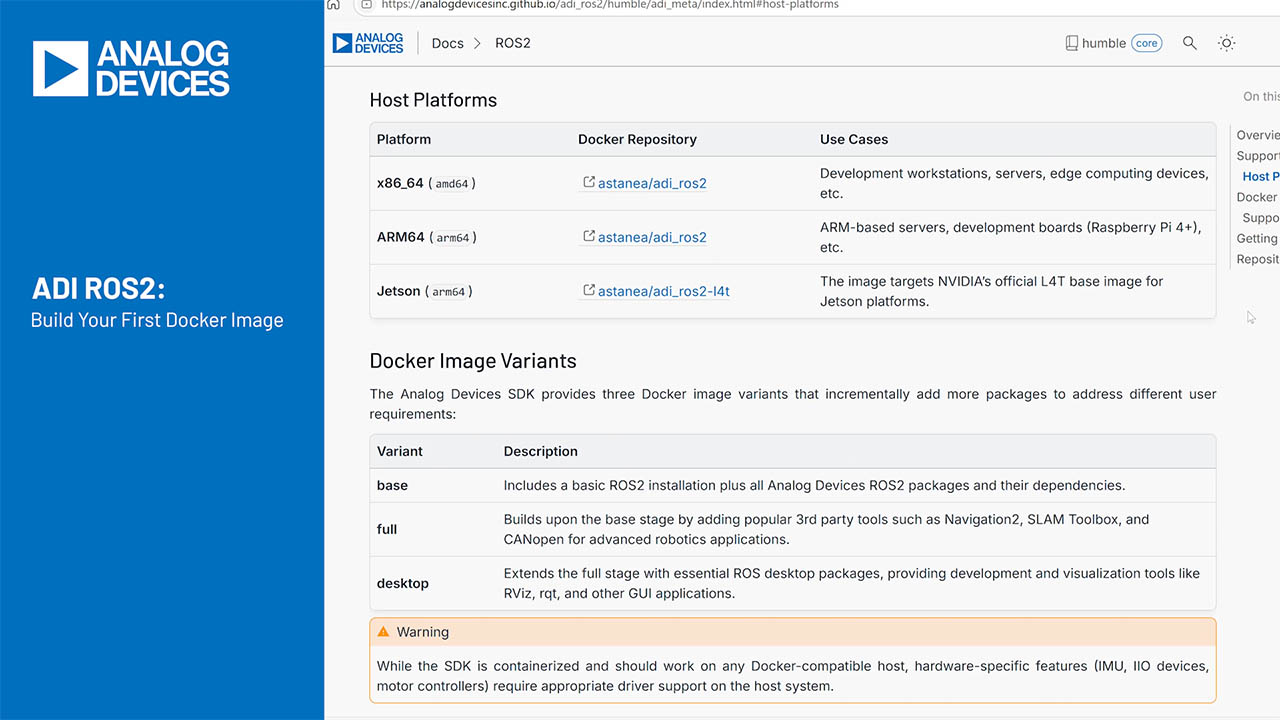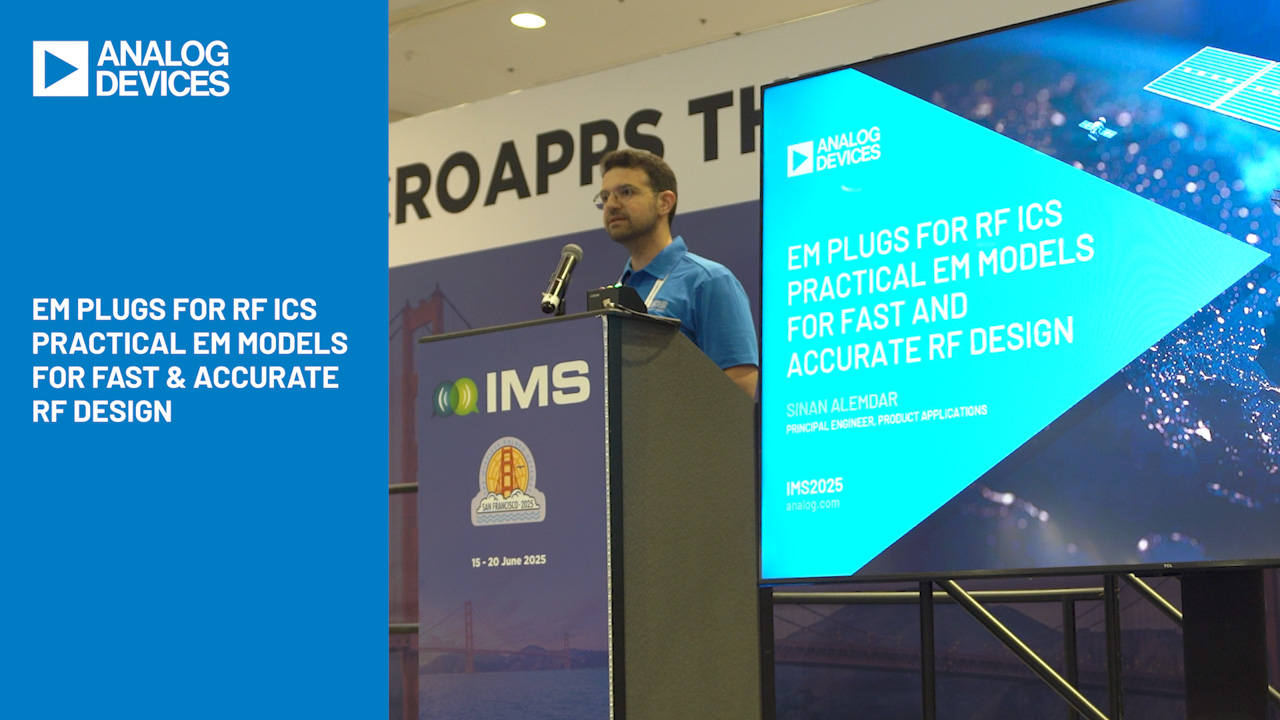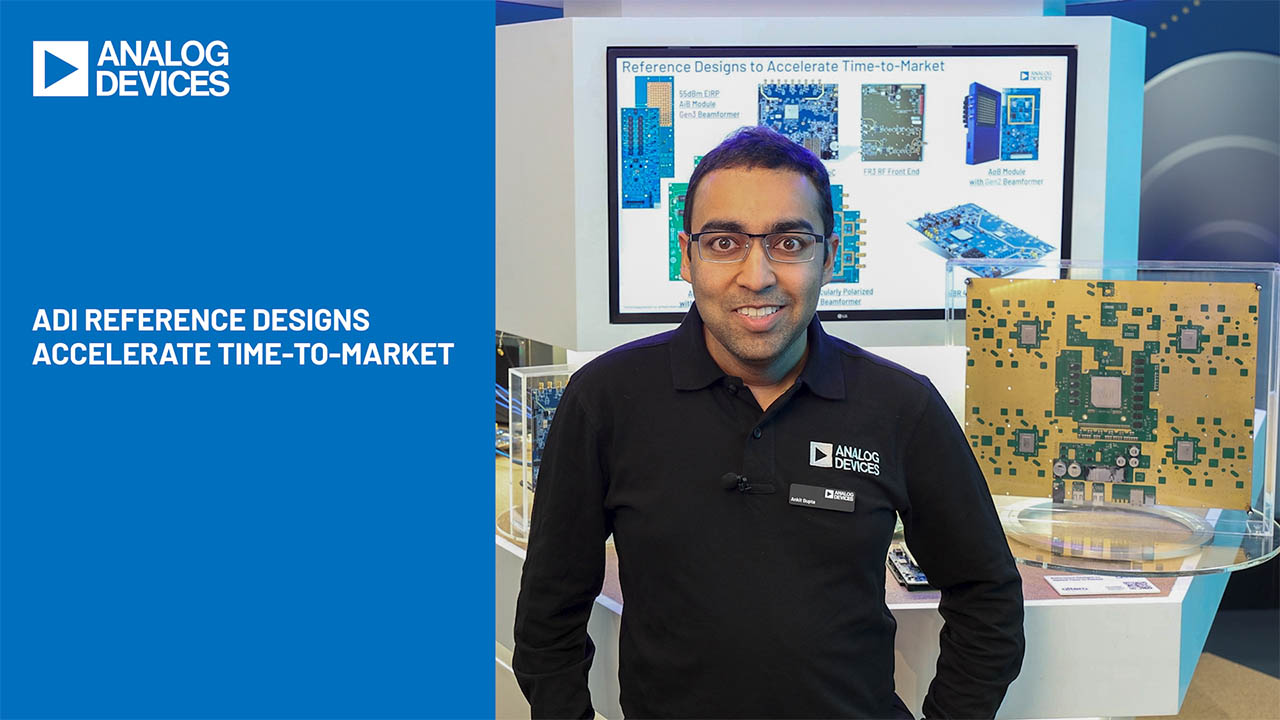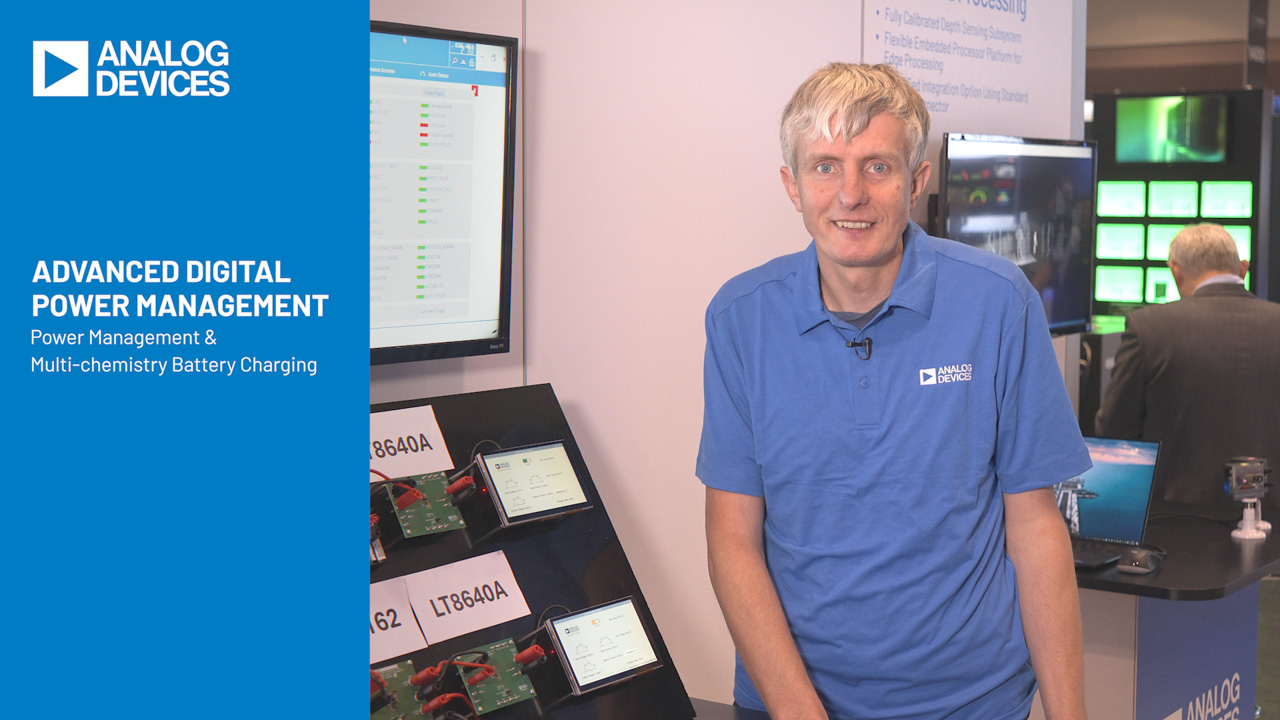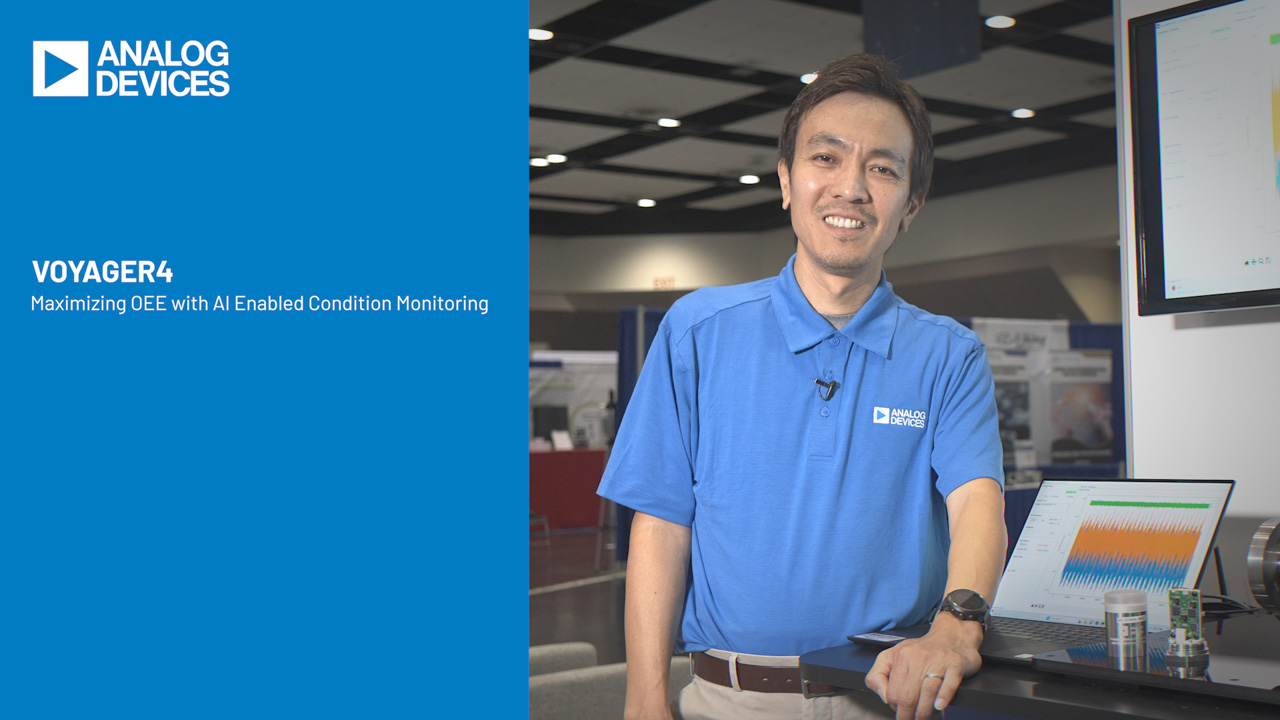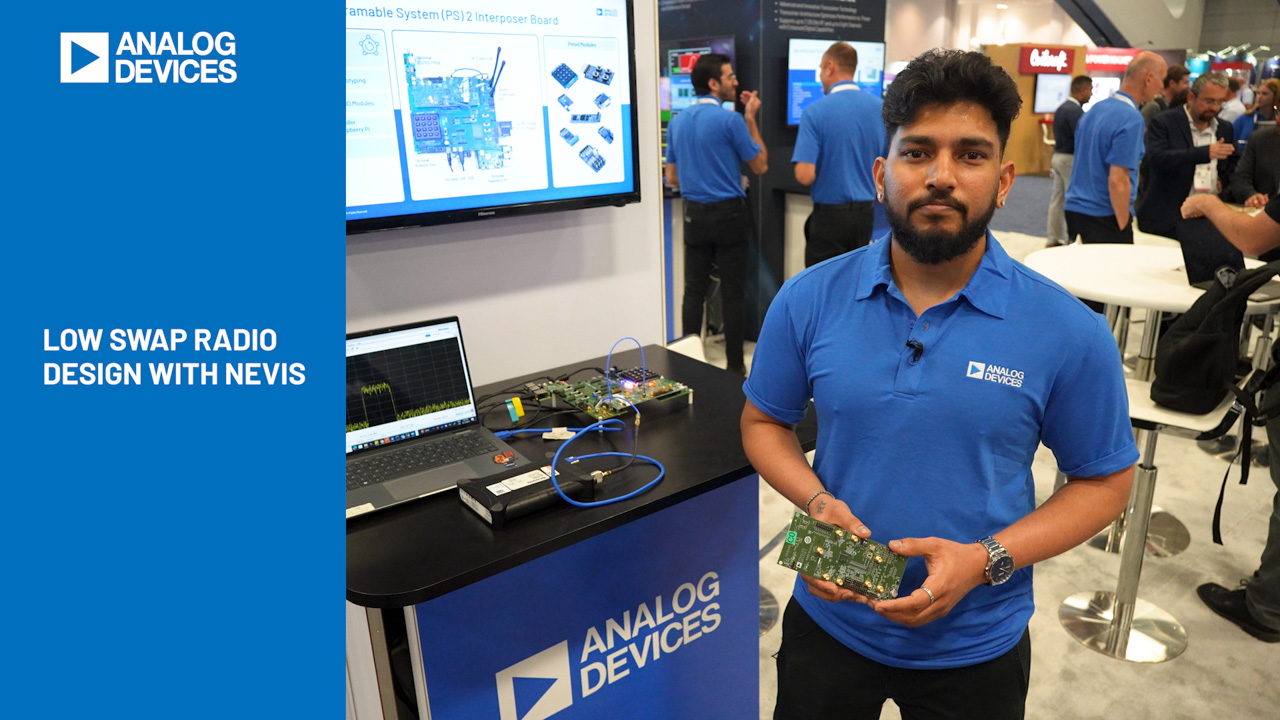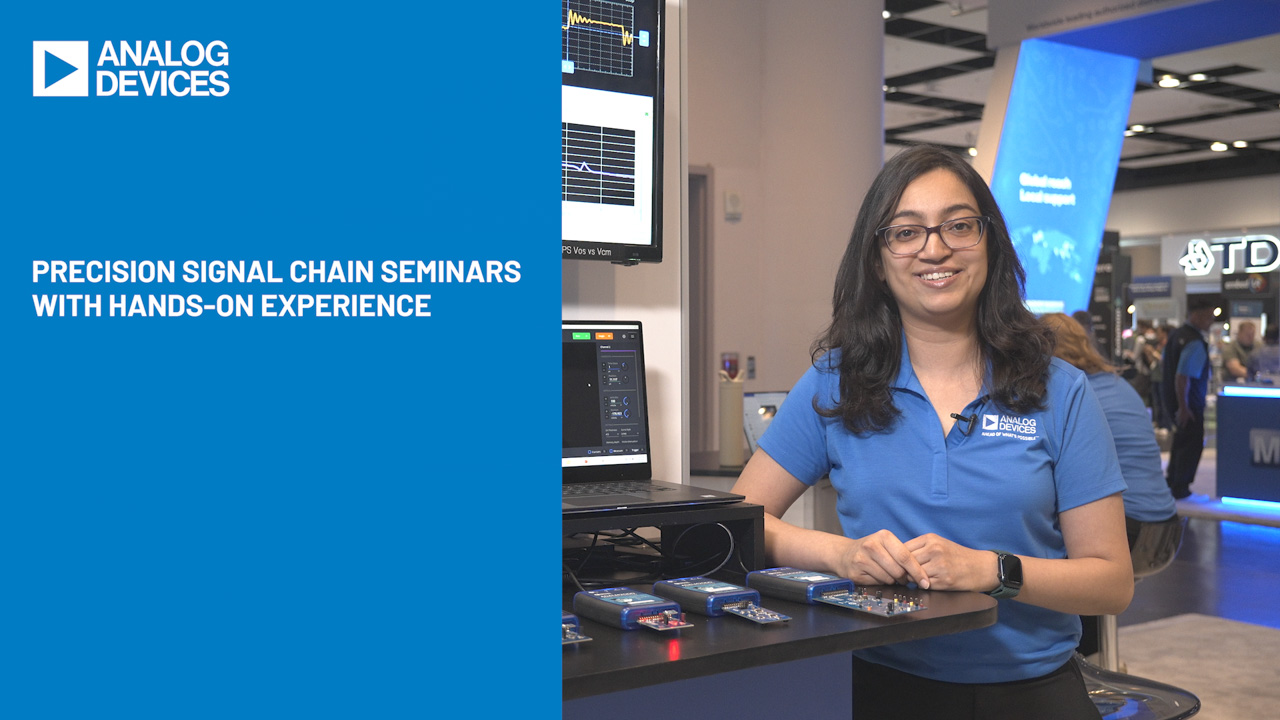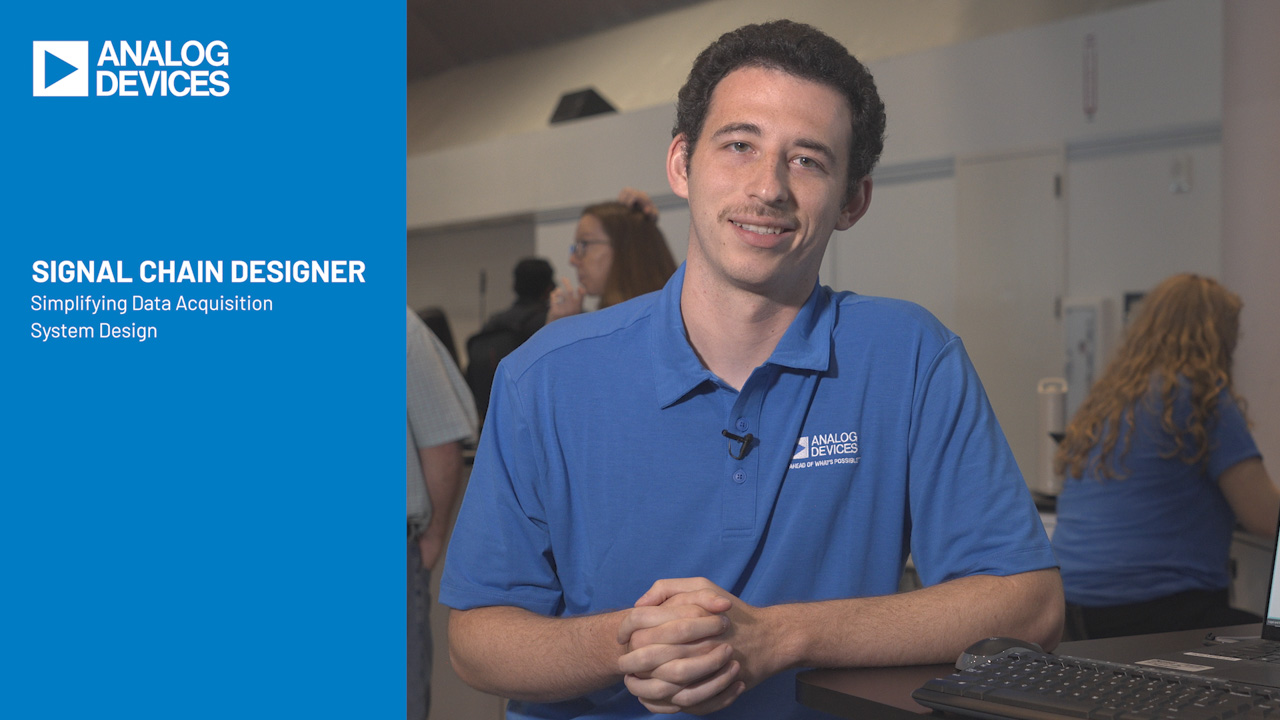用于 16 位 2.5Gsps 高性能 DAC 的卓越时钟解决方案
设计要点 555: 引言
LTC®2000 16 位 2.5Gsps DAC 提供了较佳的 AC 性能。对于许多 DAC 应用而言,为了在不损害所关注频段之信噪比 (SNR) 的情况下实现某个频段中可用通道数目的最大化,相位噪声、噪声频谱密度 (NSD) 和无杂散动态范围 (SFDR) 指标是至关紧要的。高速 DAC 需要一个干净的采样时钟以获得较佳的噪声和杂散性能。采用具有超低噪声和杂散的 LTC6946 PLL 合成器作为用于 LTC2000 的时钟源可较大限度地提升系统性能。

图1:LTC6946 驱动 LTC2000
16 位高速 DAC
LTC2000 的高频谱纯度和低噪声特性使其成为一款超卓的信号发生器。图 2 突出显示了 LTC2000 极佳的附加相位噪声性能:当采用一个 65MHz 输出频率时,在偏移 1MHz 的情况下为 –165dBc/Hz,而在偏移 10kHz 的情况下则为 –147dBc/Hz。对于高达 100MHz 的输出频率,LTC2000 拥有优于–166dBm/Hz 的 NSD 和好于 76dB 的 SFDR。对于高达 1GHz 的更高输出频率,SFDR 超过 68dB,而且 NSD 保持低于 –155dBm/Hz。产生这些结果需要一个具有良好噪声、高频谱纯度和优异抖动性能的时钟。
作为一个时钟源的频率合成器
LTC6946 是一款具集成型 VCO 的整数 N 频率合成器,能够产生从 370MHz 至高达 6.39GHz 的信号。该器件拥有卓越的相位噪声性能和非常低的杂散分量,从而使其非常适合在 2.5GHz 频率下为 LTC2000 提供时钟。LTC6946 可直接驱动 LTC2000 (无需滤波),以产生一个频谱纯净的低噪声输出。
LTC2000 把时钟频率 (fCLK) 分频至一个输出频率 (fOUT)。该分频导致时钟的相位噪声出现在 DAC 输出端,衰减的倍数为 20 • log (fCLK / fOUT)。DAC 输出端上的总相位噪声将是 LTC2000 的附加相位噪声 (图 2) 与 LTC6946 的衰减相位噪声之组合。

图 2:LTC2000 的附加相位噪声,fOUT = 65MHz,fDAC = 2.5GHz
必须最大限度地抑制采样时钟上的宽带相位噪声或抖动以避免降低 DAC 输出的 NSD,而且,LTC6946 输出的低杂散分量对于在 LTC2000 的输出端上保持高 SFDR 是至关重要的。
相位噪声越低,由 LTC2000 生成之信号的间距就可以越紧密。这使得能够在给定的带宽内传输更多的信息。当采用一个较低的相位噪声层时,系统的总 SNR 增加,这将改善由 LTC2000 产生之信号的完整性。
结果
图 3 示出了由 LTC6946 提供时钟的 LTC2000 之单边带相位噪声。LTC6946 可与 LTC2000 很好地配合工作,产生一个干净的时钟以实现 DAC 性能的最大化。LTC2000 与 LTC6946 的组合可提供与较佳信号发生器相媲美的相位噪声和杂散性能。

图 3:在由 LTC6946 提供 80MHz 时钟时 LTC2000 输出的相位噪声
关于作者
Beginning with the DC1151, a demo board for the LTC2246H, Clarence has designed nearly all of...







